Sustainability of Samphire in Ireland
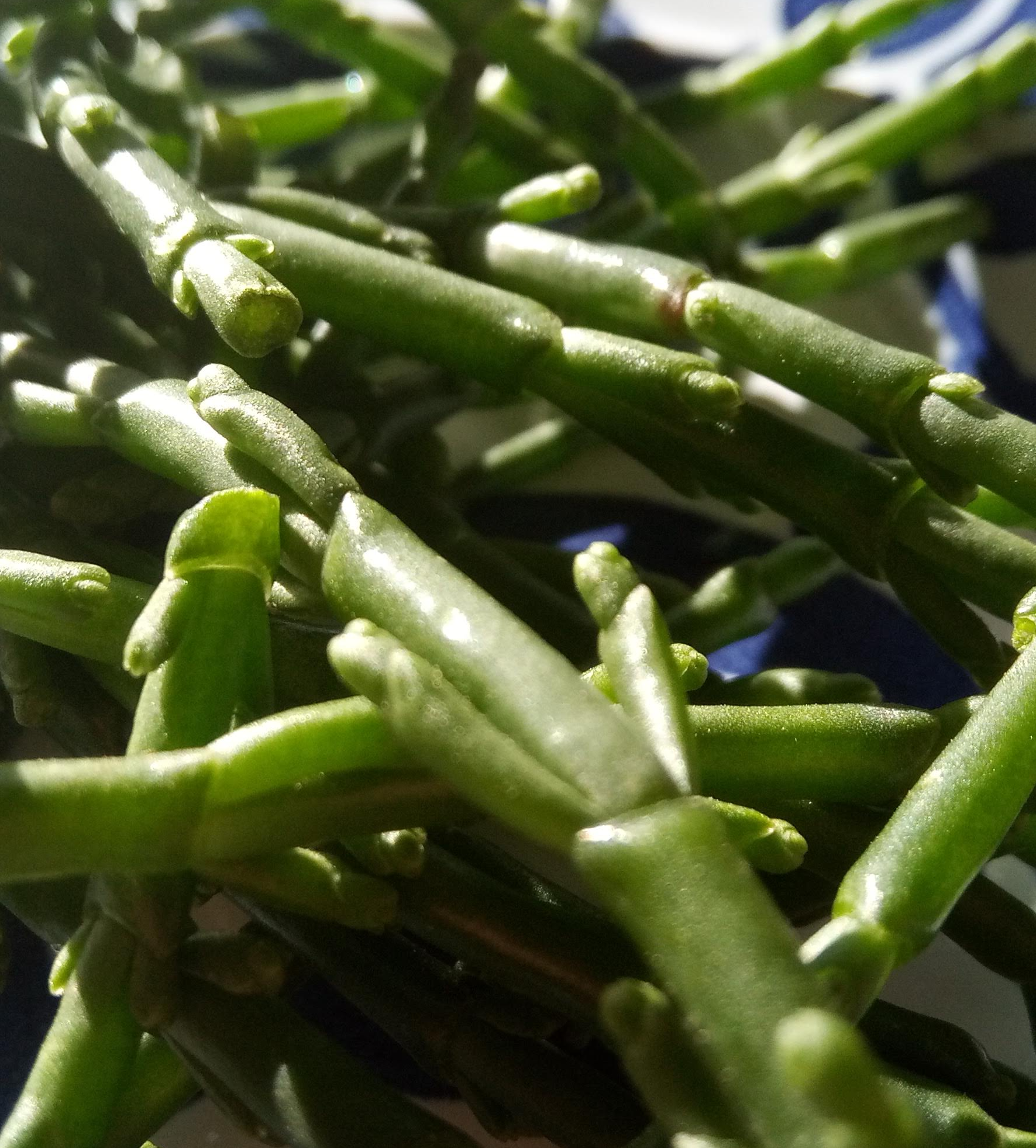
- Sustainability rating samphire: 1
- Recommended sources: UK, Netherlands, responsible foraging on local coasts (Morocco - okay for out of season)
- Foraging Season: June - August
- Harvesting method: 'Cut-and-come-again salad'
Samphire Season and Foraging
Marsh Samphire grows plentiful along the Irish coasts. It can be found on the West coast in places like Barna and Spidéal, but it also grows on the East coast and we have spotted some in the Rogerstown estuary. Tradition dictates that it shouldn’t be harvested before the Summer Solstice, but it is edible throughout the growing cycle, although it does taste best between June and August. And although this is quite a short growing season it is well worth foraging for.
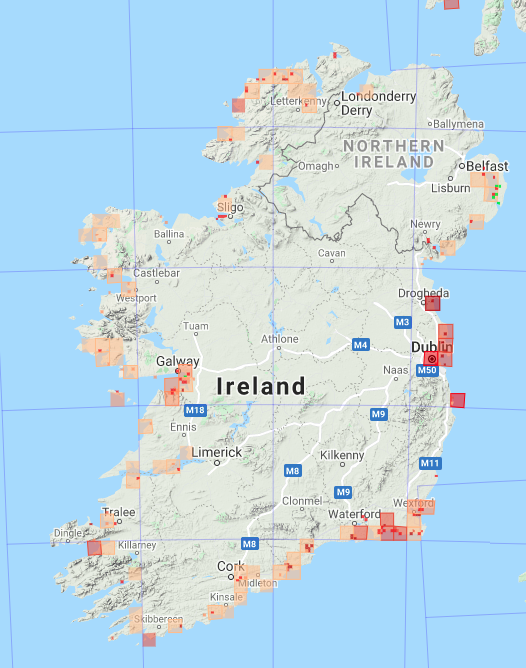
When you do forage for marsh samphire, please make sure that you don’t damage the plant! Treat it like ‘cut-and-come-again salad’, just nipping off the tender green tops (the top 5cm or so) and leaving the tougher yellowy-brown stalks. It takes the stems about 4-6 weeks to regenerate after cutting. If you harvest it carefully, it also means you won’t have to pick through it again later to remove the woody, stringy stem and you can just munch away string-free.
Here are a few tips from the Slowfood Sugarloaf Club on how to best pick marsh samphire.
With increasing age and salt contents, the stem turns a pink or red colour.
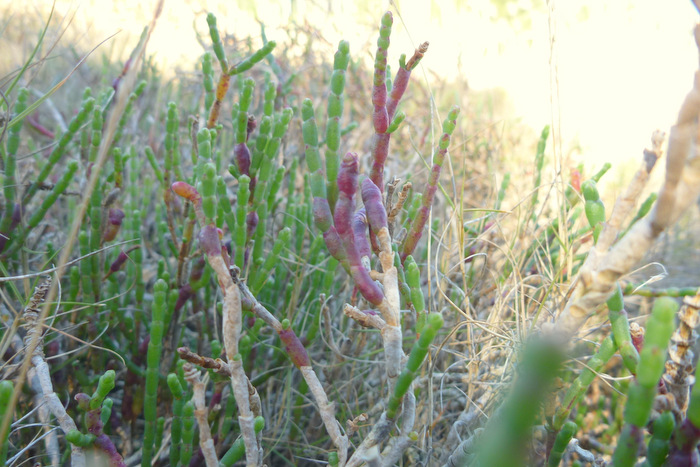
Culinary Popularity
The crunchy, salty property of samphire makes it a great addition to flavour salads or soups. And over the past number of years, the culinary interest in marsh samphire in Ireland has increased considerably.
You can find the tasty vegetable at local markets (e.g. the English Market in Cork City), local fishmongers and more recently in some supermarkets such as Tesco. Various restaurants across the country offer it usually as an accompaniment to fish dishes. A testament to the popularity of this vegetable is the fact that famous Irish Executive Head Chef, Tom Walsh, named a restaurant after samphire, one of his favourite sea vegetables. Samphire at the Waterside, located in Donabate Co. Dublin, commonly has samphire on the menu. Marsh samphire has definitely made its way onto the menu of many famous restaurants across Ireland.
Cultivation and Aquaculture
Salicornia species are increasingly cultivated in countries like Israel, Morocco and Mexico and although it is known that the plant prefers a rich organic soil with ample nitrogen and regular watering its exact requirements are still not clearly understood.
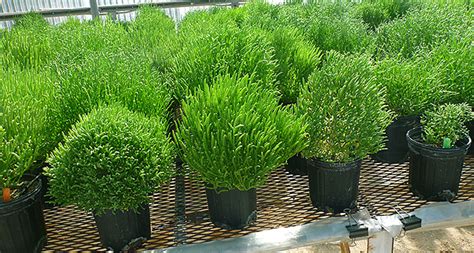 Currently, the cultivation of Salicornia is typically practised under simple nets or in greenhouses that occupy an area of approximately 0.5-1ha. In order to maintain the Salicornia at a high enough standard for market, the young shoots must be harvested manually, a labour intensive element that is critical to halophyte crop production. The most common and straightforward method for growing Salicornia in Israel is to cultivate it in native sand dunes watered with drip irrigation. The plants are harvested repeatedly applying the ‘cut-and-come-again salad’ approach which allows frequent harvesting every 2, 3, or 4 weeks depending on the level of growth.
Currently, the cultivation of Salicornia is typically practised under simple nets or in greenhouses that occupy an area of approximately 0.5-1ha. In order to maintain the Salicornia at a high enough standard for market, the young shoots must be harvested manually, a labour intensive element that is critical to halophyte crop production. The most common and straightforward method for growing Salicornia in Israel is to cultivate it in native sand dunes watered with drip irrigation. The plants are harvested repeatedly applying the ‘cut-and-come-again salad’ approach which allows frequent harvesting every 2, 3, or 4 weeks depending on the level of growth.
The largest producer of Salicornia in Israel, “Ein Mor Crops Ltd”, exports over 150 tonnes of Salicornia every year to Europe through various export companies.
In Europe Salicornia is either wild foraged, grown outdoors, or in greenhouses for supply, mainly to local markets, greengrocers, restaurants etc.
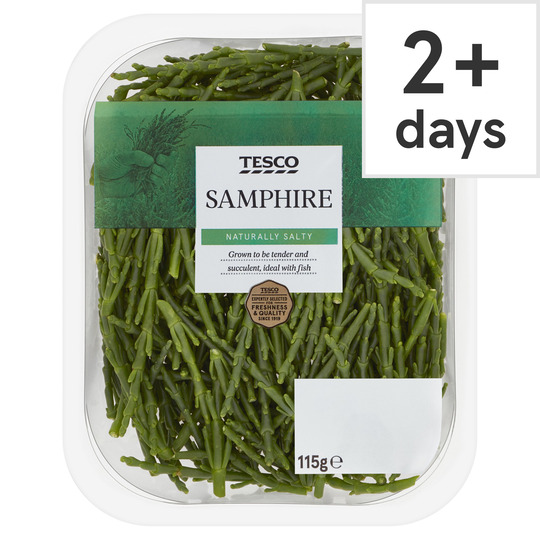
Although information on the commercial production and sale of samphire in Ireland is practically non-existent, various Irish fishmongers would indicate that a small proportion is sourced from wild foraging, with the majority imported from France, Holland, Mexico, and Israel. Until recently, the appearance of samphire in Irish retail outlets and restaurants seemed to be restricted to summer months (its season), while it increasingly appears in supermarkets in the off season imported form the Middle East and Mexico. So far and to our knowledge, there is no information available on whether or not commercial production (outdoors or in greenhouses) of samphire is occurring in Ireland.
If you have any information on this, we’re keen to hear it and for you to get in touch!
Some argue that halophytes like our marsh samphire should be used as a plant biofilter which means that living material is used to capture and biologically degrade pollutants, especially that of marine aquaculture effluent. They argue that it is a low cost opportunity to mitigate potential negative impacts on the environment (Buhmann et al. 2015).
Economic Importance

Salicornia’s high economic value is attributed to the content of poly-unsaturated oil which makes it very nutritious and shows many health benefits. It also has a pleasant flavour.
Some ingredients of the oil are also for the production of cosmetic and pharmaceutical substances and some have investigated its potential as biofuel.
Some argue that in order to solve a number of global problems, this salt-tolerant crops should be grown on millions of hectares of unproductive arid land, in all saline lands and in marshy coastal terrains worldwide to provide food, fodder, oil and some valuable by-products of the oil extraction from its seeds in adverse condition. In addition a dense Salicornia cover of saline land is seen as a good carbon-sink area, delivering more carbon credits, for improving the environment.
Medicinal Approaches
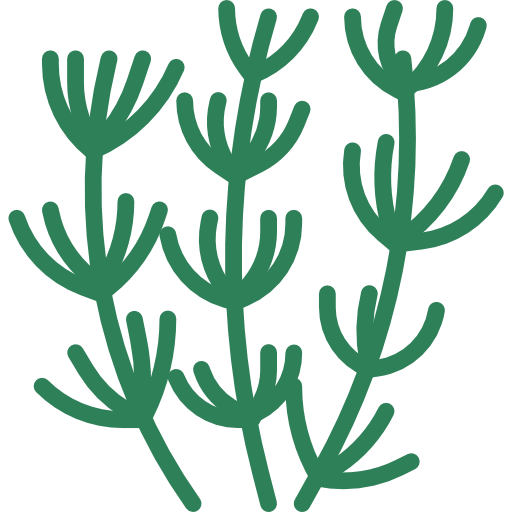
A number of studies conducted on salt tolerant plants (halophytes) have indicated that many of these species have a high content of polyunsaturated fatty acids, carotenoids, vitamins, sterols, essential oils (terpenes), polysaccharides, glycosides, and phenolic compounds. These compounds have a number of medicinal properties, including: antioxidant, antimicrobial, anti-inflammatory, and anti-tumour activities, with application in the treatment of various diseases (e.g. cancer, chronic inflammation, atherosclerosis, and cardiovascular disorder) and ageing processes.
With these compounds, the Salicornia genus shows a great potential to be used in the treatment of constipation, obesity, diabetes, and cancer.
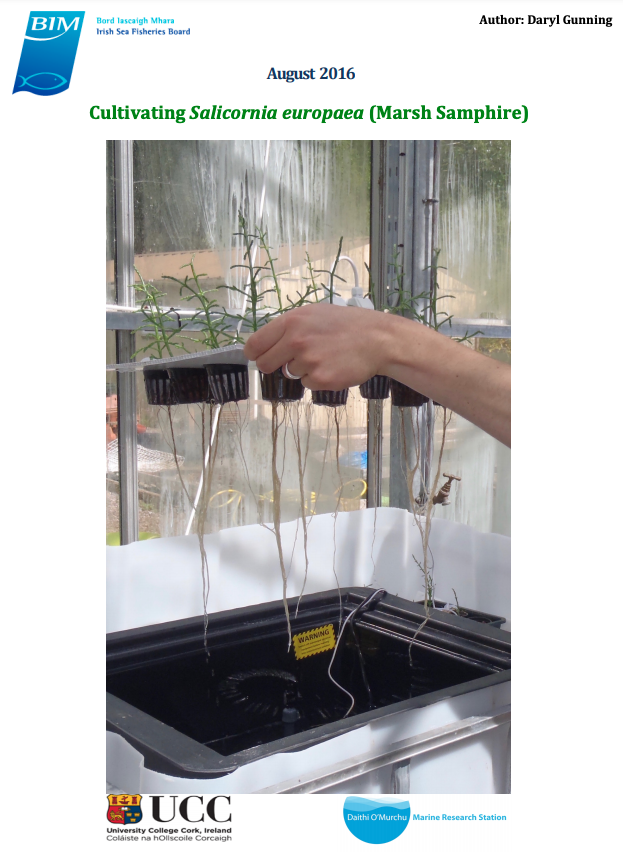
And indeed, some countries, such as India, South Korea and China experiment with S. europaea for salt extraction to produce vegetable salt, desalted Salicornia powder to treat obesity and arteriosclerosis or put great efforts into edible oil production derived from the little black seeds. The plant demonstrates a lot of health benefits as it is rich in vitamins, minerals and fucoidans. It has reportedly been used to aid digestion and kidney complaints for many centuries (see our comment in the history part).
The recommended daily intake of Vitamin could be easily achieved by consuming approximately 80g of this marsh samphire plant (European Union, 2008). It is also a good source of carotenoids, which act as an antioxidant with strong cancer fighting properties.
If you’re interested in reading more about the cultivation of samphire and in particular the cultivation of Salicornia europaea , a great and detailed report by Daryl Gunning written for Bord Iascaigh Mhara (BIM) is available from 2016 at this link.

